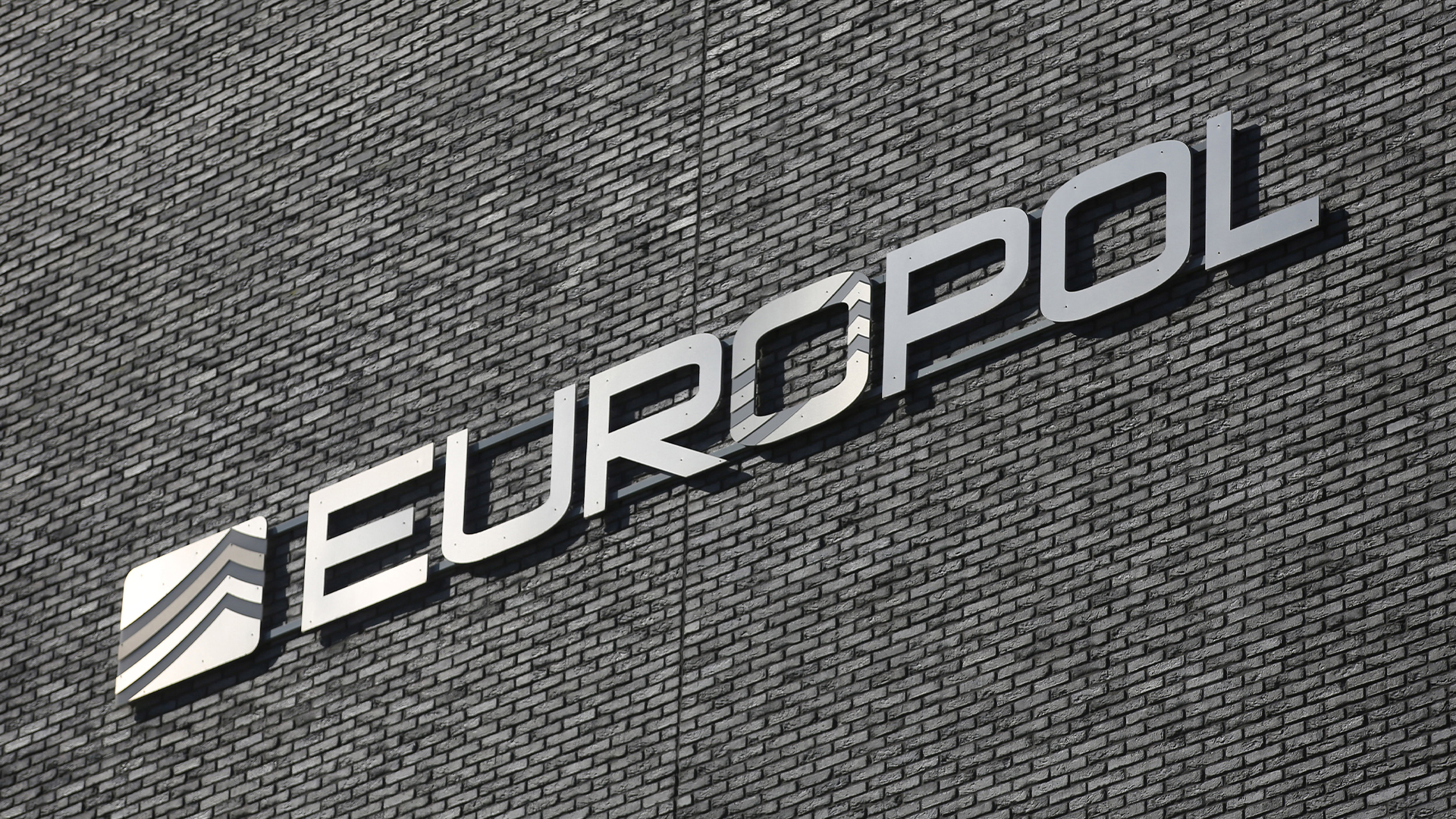AWS adds default encryption to leaky S3 buckets
Amazon addresses spate of data breaches affecting S3 customers

Amazon Web Services (AWS) has finally addressed multiple data breaches resulting from unencrypted S3 buckets, adding basic protections to its cloud storage service.
The AA, Accenture, Verizon, Dow Jones and even the WWE are among a spate of companies that have suffered data leaks because they haven't secured their S3 storage, which AWS didn't encrypt by default.
Yet when Cloud Pro asked AWS what steps customers could take to mitigate the threat last week, it offered no comment.
The cloud giant's blog post this week did, however, with chief evangelist Jeff Barr outlining some new features customers can use to secure S3 buckets that are available now free of charge.
Amazon cloud customers can finally choose to encrypt their buckets by default, mandating that any objects entering a bucket must be stored in encrypted form, instead of having to adopt AWS's former policy that meant the bucket simply rejects unencrypted objects.
"While this helps them to meet their requirements, simply rejecting the storage of unencrypted objects is an imperfect solution," admitted Barr.
Instead, "if an unencrypted object is presented to S3 and the configuration indicates that encryption must be used, the object will be encrypted using [the] encryption option specified for the bucket," he explained.
Get the ITPro daily newsletter
Sign up today and you will receive a free copy of our Future Focus 2025 report - the leading guidance on AI, cybersecurity and other IT challenges as per 700+ senior executives
There are three server-side encryption options available; SSE-S3, where the bucket manages the encryption keys; SSE-KMS, where AWS's Key Management Service looks after them; and SSE-C, where the user holds the keys.
AWS appears to have made it simple to enable encryption, too, with users wishing to create a new bucket on the S3 console just having to type the bucket's name, then hit 'Next', before selecting 'Default encryption' and choosing what kind they require.

Customers can secure existing buckets via a call to the PUT Bucket Encryption function, via an SSL connection and signing it off using AWS Signature Version 4.
Those who copy some mission-critical objects across to buckets in separate AWS accounts can toggle the destination buckets' encryption policies too, to ensure the data remains encrypted.
Bright orange icons reading 'Public' also denote any buckets that aren't encrypted in the S3 Console.
AWS has also included a warning sign when users click on a public-facing bucket's permissions to say "we highly recommend that you never grant any kind of public access to your S3 bucket".

While the changes are now live and available today, AWS will charge customers as normal for any data transfers and calls to the Key Management Service and S3.
Main image credit: Bigstock
Body copy images credit: AWS
-
 DocuWare CEO Michael Berger on the company’s rapid growth
DocuWare CEO Michael Berger on the company’s rapid growthNews ChannelPro sat down with DocuWare CEO Michael Berger to discuss the company's rapid growth and channel strategy.
By Bobby Hellard Published
-
 Seized database helps Europol snare botnet customers in ‘Operation Endgame’ follow-up sting
Seized database helps Europol snare botnet customers in ‘Operation Endgame’ follow-up stingNews Europol has detained several people believed to be involved in a botnet operation as part of a follow-up to a major takedown last year.
By Emma Woollacott Published